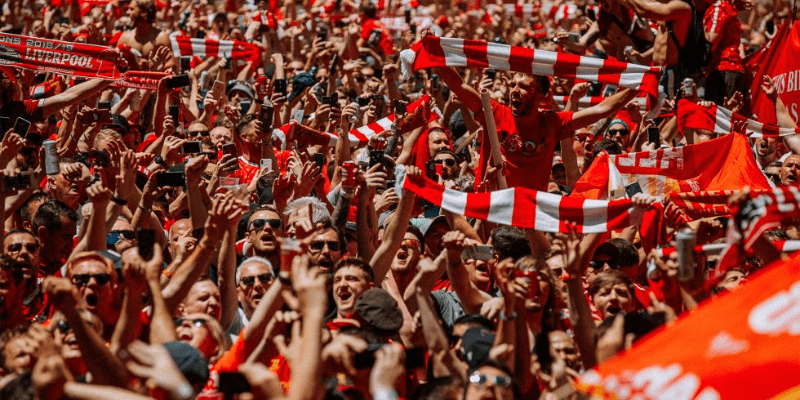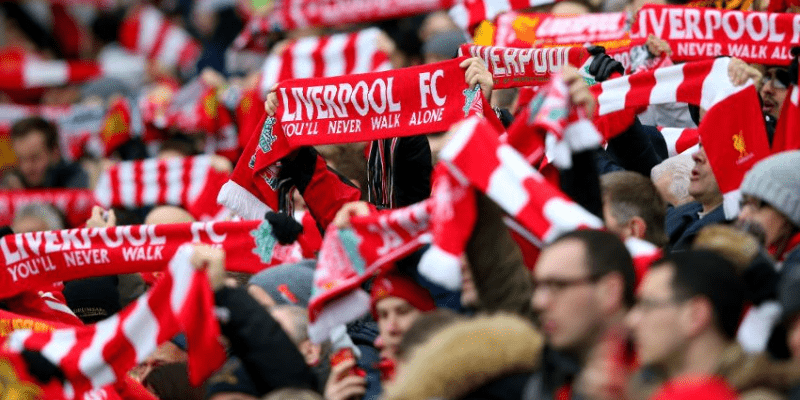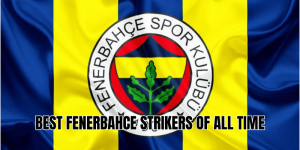From the roaring terraces of Anfield to fan cafés in Seoul and São Paulo, the name Kopites echoes as a badge of honor for Liverpool supporters worldwide. But why are Liverpool fans called Kopites? In this article, CantoKick will guide you deep into history, stadium lore, fan culture, and modern usage—so you truly understand how one stand turned into a global identity.
From Spion Kop to Anfield: The origin of The Kop

To understand why Liverpool fans are called Kopites, we must first go back more than a century to how Anfield’s famous stand was born.
The Battle that named it all
In January 1900, British forces fought a brutal skirmish on a hill called Spion Kop during the Second Boer War in South Africa. Over 300 men died during attempts to seize control of that ridge—among them soldiers. The sacrifice embedded “Spion Kop” into British consciousness.
A few years later, around 1904, a sports reporter described an earth bank at Woolwich Arsenal as resembling a Kop—a hill-like terrace of supporters. That metaphor began to be applied elsewhere.
Anfield’s new terrace bears the name
Liverpool’s version of the Kop was built in 1906 to handle rising attendance and to give fans a grand, steep terrace behind one of the goals. Early on, it was called the Oakfield Road Embankment, but soon the local press and supporters began referring to it as “The Kop,” linking it to Spion Kop for its shape and emotional resonance.
By 1928, when the stand was re-roofed and extended, “The Kop” became cemented in Anfield lore.
Evolution of The Kop and the fans on it

As The Kop evolved—structurally and symbolically—it became inseparable from the identity of Liverpool’s most passionate supporters.
Terrace era: the soul of Anfield
During much of the 20th century, The Kop was a standing terrace, packed with the most vocal and fervent fans. It quickly became the place where flags, drums, and chants created an electrifying atmosphere that opponents and neutrals alike recognized.
Chants like “You’ll Never Walk Alone” echoed across the stadium, and The Kop’s roar was often described as a “12th man” pushing Liverpool forward.
From terraces to all-seater: change by necessity
After the tragic Hillsborough disaster in 1989 and the Taylor Report’s mandates, all major British stadiums had to convert to all-seater formats. Liverpool’s Kop played its final standing match on April 30, 1994, against Norwich.
The rebuilt Kop opened slightly later, seating around 12,850 fans in a single tier—retaining its steepness and visual identity.
Though the physical form changed, the spirit remained. The fans in that stand were still called Kopites—those who carried the culture of chants, banners, and passion into the seated era.
From stand to identity: how ‘Kopite’ became a name for all Reds
Once The Kop’s name and mystique were established, it gradually evolved into a term for Liverpool fans at large.
###, “Kopite” might have referred literally to someone who stoodOver time, however, the meaning widened. Now, any devoted Liverpool supporter—regardless of where they watch—can proudly call themselves a Kopite.
Even if someone lives in Tokyo or Buenos Aires and has never been to Anfield, their dedication, knowledge, and emotional connection qualify them as part of this identity.
What defines a Kopite?
Many Liverpool fans view being a Kopite as more than a label—it’s a mindset. Qualities often associated with Kopites include:
- Loyalty through highs and lows: supporting Liverpool even in seasons of struggle
- Historical knowledge: knowing the club’s legends, milestones, and lore
- Vocal support: singing, chanting, waving banners on game day
- Community spirit: connecting with fellow fans around the world
A self-described Kopite once claimed that part of the identity involvesnking about the club every day.
Cultural and global significance of Kopites

The term Kopite is more than local slang. It carries weight across football culture, and it reflects how Liverpool’s supporter base has grown globally.
Icon of global fandom
“Kopites” serves as a tagline in merch, social media, documentaries, and fan clubs worldwide. It signals authenticity. To be a Kopite is to be part of a centuries-spanning brotherhood of Reds.
Influence on other stadia and fandoms
The success of The Kop’s identity inspired other clubs: many UK stadiums added single-tier terraces called “Kops.” In France, Paris Saint-Germain’s “Kop K” was directly named in tribute to the Anfield stand.
But none match the aura of Liverpool’s Kop—the combination of history, architecture, chants, and global resonance.
Criticism and contested use
Some rival fans use “Kopite” mockingly, trying to belittle supporters. But rather than reject the term, Liverpool fans have embraced it. What was once derogatory has become a badge of pride—turning insult into identity.
Also, commentary sometimes questions whether the Kop’s mystique has dimmed now that it is seated and modern. While some say the magic is harder to replicate, many fans maintain the energy and identity persist. iends Of Liverpool])
Why are Liverpool fans called Kopites: key takeaways
To sum up, here are the essential points behind the question why are Liverpool fans called Kopites:
- Named after The Kop stand: built in 1906, referencing Spion Kop.
- Battle legacy: Spion Kop’s battlefield inspired the name’s form and resonance.
- Cultural evolution:. Global adoption: Kopites today are worldwide Liverpool fans.
- Pride and history: what began as a location label turned into an emotional badge.
Final Thoughts
Why are Liverpool fans called Kopites? Because a steep terrace named after a faraway hill in South Africa became the crucible of fan identity. Over generations, The Kop became synonymous not only with where you sat—but with how you felt, how you chanted, and how you lived being a Liverpool supporter.
If you enjoyed this dive into Kop lore, CantoKick invites you to explore more: check out our biography of famous Kopites, the evolution of Liverpool chants, or how other clubs’ stands borrowed the Kop name. And wherever you support the Reds from—be it Anfield, Asia, or Argentina—you’re welcome here, fellow Kopite.






